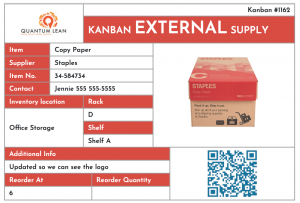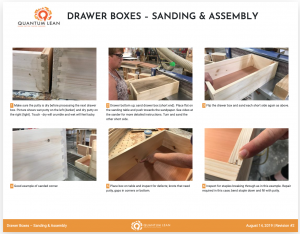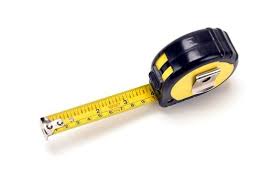If you’re the owner of a manufacturing business. You have probably been the
last one out of the shop and as you’re turning off the lights and shutting
everything down, you see your finished product sitting by the shipping door. You
look at it and think to yourself, “it’s five pieces of wood put together into a box
with two doors on it, how could this possibly take so long? “ And if you’re
anything like me the next little bit of math going through your head is how long I
think it would take me, and it’s usually 1/4 of the time the factory is producing it
in, at least in my head.
But why is reality so far apart from what me as an experienced cabinet maker
thinks is possible? I believe it’s because when we think of building something it’s
typically in a perfect world. We’re standing at the bench with all of our tools, we
have all of our parts, and any machines we need are available. So in my head I
slap that cabinet together in 10 minutes hang the doors and I’m done.
But in reality there is a much different picture unfolding. Things we don’t always
see and some very hard to quantify.
I have come to believe that it’s far more difficult to coordinate the building of
products than it is to actually build them.
It’s staggering how complex it is to build a custom kitchen and never ceases to
amaze me that for the most part, us woodworkers figure it out and have happy
customers. Every factory we visit to help kick off their lean journey has similar
problems. Here are five things you can do…..wait, should do to help with this
massively complex business you’ve got yourself into. Albeit none of this will
reduce the complexity, but it will sure help free up some brain power you didn’t
know you were wasting on trivial stuff
1 – get the information as far up the value stream as possible, as soon as possible.
If you’re letting your customers pick colours and handles after you have started
building, you’re setting yourself up for failure. Remember the further up your
value stream you push problems the cheaper they are to solve. Create job
specific checklists (not generic) and have go no go points throughout the
checklist where you have determined if we don’t have this information by this day
the project stops. Being clear and educating your customer on your process will
save you tons of time in the end.
2 – Simplify your purchasing.

There are so many weird and wonderful things that
customers want built into their kitchen that require some purchasing brain power.
Stop wasting your purchaser’s time on trivial stock items. It may seem like no big
deal to order screws, Glue pencils and toilet paper but the reality is those things
take time, time that could be better spent focussing on more difficult tasks. So
get a kanban system in place immediately. I promise you won’t believe the
benefits. Search the archives here on FDMC for our article on Kanban or go to
our blog page at quantumlean.ca
3 – Create standard work documents for all your processes.

I know sounds insaneand like a lot of work. Don’t stop everything to try and accomplish this, just
commit to one or two a day and before you know it they will be everywhere. Your
people are spending their valuable time and brain power explaining things over
and over again to new hires and those poor folks are trying desperately to
remember it. Our little human brains are not designed for remembering, only
creative problem-solving that’s why you find yourself saying “I told them this three
times already!” Save yourself and all the people around you a ton of frustration
and create some standard work documents. From keeping the bathroom clean
to building boxes. Pictures are worth a 1000 words.
4 – Make sure you are measuring!

Measure something, heck measure anything.
Your team needs to know if they are having a good day or a bad day. Count
cabinets per day, pieces per day, dollars per day, or make some kind of point
system. Just try not to get deep into the weeds making it perfect. You’re not using
these numbers to submit your taxes, it’s just a guide to help make decisions on
the shop floor level. And lets everyone know if their improvements are making a
difference. Get everyone behind moving the needle in the right direction, and
they can’t do it without a target.
5 – Training training and training.

This is probably the bane of all of our existence,
and finding the time to do it right seems about as likely as locating Bigfoot. But if
you do a half decent job of your standard work then your training time will be cut
in half and if you want to take that to the next level include videos with your
SOP’s. Don’t think you have to hire Steven Spielberg to get those videos done,
pull out your phone make the video and you’re done. As you start doing this you’ll
see the benefits and like everything else in your factory it will just gradually get
better.
Hope some of these tips help you on your lean journey the fact that you’re
reading this article means you’re in the 2%, remember, if it was easy everyone
would do it. Get out there and make some improvements. If you need any help
advice or just some words of encouragement, visit us at quantumlean.ca and tell
us your story, we’re here to help.
